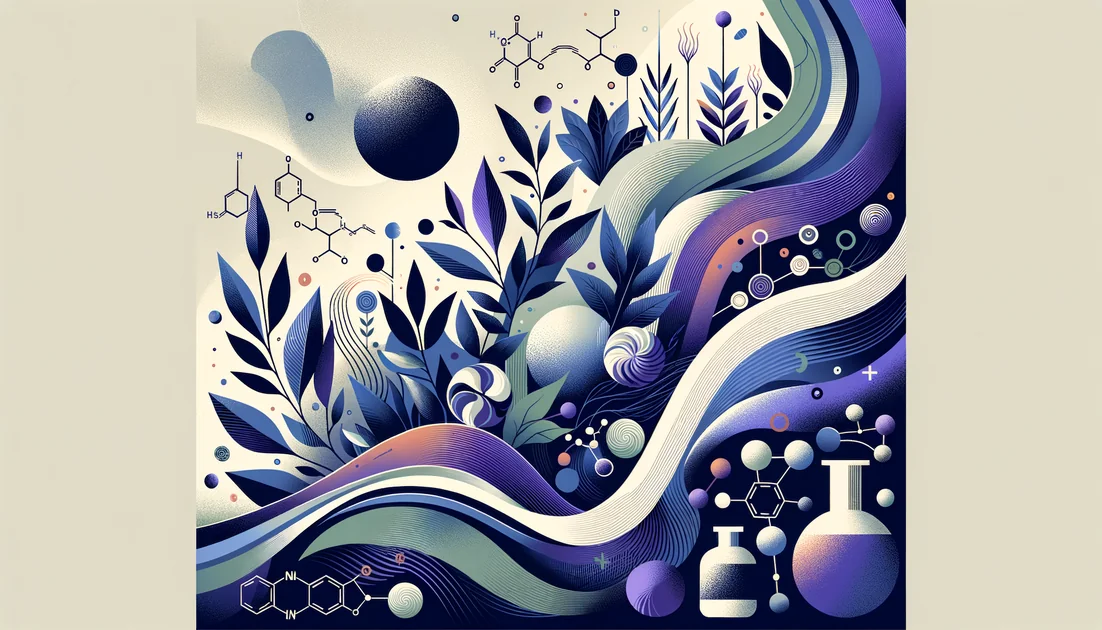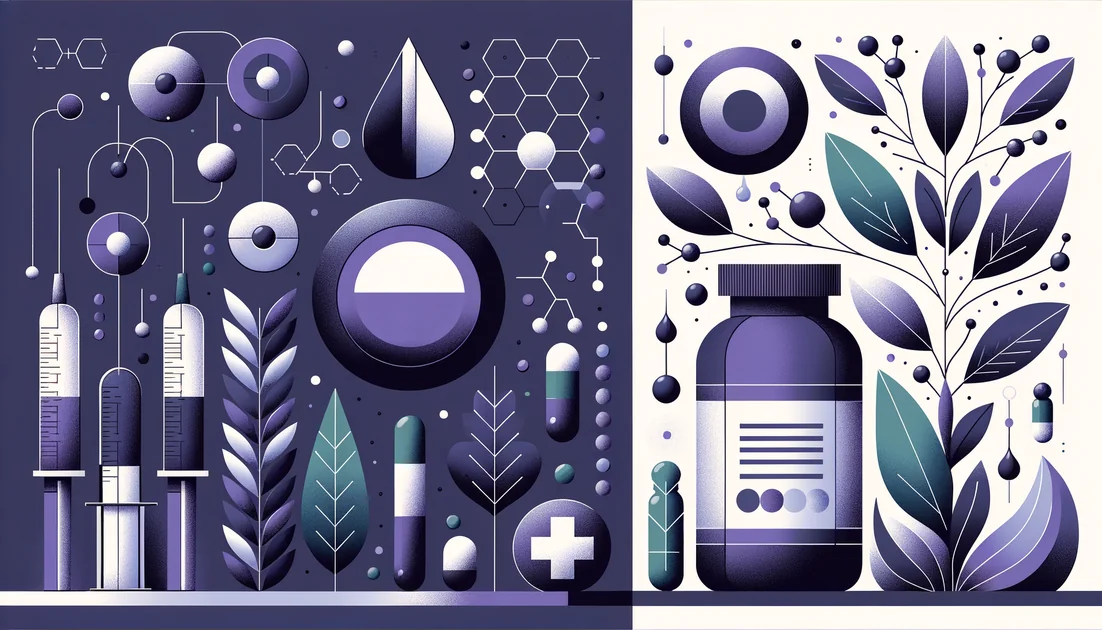
The Broccoli Switch: How a Bitterness in Sprouts Turned On the Body's Cleanup Crew
Dawn in a farming town north of Shanghai. Volunteers sip a lime-pineapple drink that tastes ordinary—until lab tests reveal something extraordinary: by that evening, their bodies are flushing out more benzene, a carcinogenic pollutant, as if someone flipped a hidden switch for detox. The switch wasn't a drug. It was sulforaphane, a peppery molecule born when cruciferous plants are crushed and chewed. [3][4]
- Evidence
- Promising
- Immediate Effect
- Within hours → 2–12 weeks, depending on outcome
- Wears Off
- 2–4 weeks after stopping for some outcomes
The day a vegetable acted like a lever
Scientists had suspected for decades that cruciferous vegetables protect health, but the "how" was murky. In 1992, pharmacologist Paul Talalay's team at Johns Hopkins isolated a spicy-smelling compound from broccoli—sulforaphane—and showed it powerfully turned on a suite of in-house defense proteins that neutralize reactive chemicals before they can harm DNA. Think of it as flipping on a factory's night-shift crew of cleaners and mechanics. [1] Five years later, the same group stumbled on a twist: the youngest plants—three-day-old broccoli sprouts—were not just good; they were loaded, harboring tens of times more of these switch-flipping precursors than mature heads. Plant physiologist Jed Fahey put it plainly: sulforaphane is "a very potent promoter of Phase 2 enzymes," the body's cleanup workforce. [2][13]
From petri dish to polluted air
That lab insight leapt into the real world in Qidong, China, where air pollution is a daily reality. In a 12-week randomized trial, nearly 300 adults drank a broccoli sprout beverage each day. Within 24 hours the switch was on: their urine showed a 61% jump in excretion of a benzene by-product and a 23% rise for acrolein, and those gains held steady for the whole study. It was the biology of cleanup, made visible. [3] Public-health scientist Thomas Kensler offered the plain-English version: "We wanted to boost the defense mechanism that accelerates the rate that these [toxins] are cleared.. so there is less opportunity for harm." [6] The Hopkins team's release underscored the idea: a frugal, food-based strategy to help people under unavoidable exposure. [4]
A fever's clue—and a surprising trial
Another mystery pushed sulforaphane into a different arena. Parents of some autistic children noticed that during a fever, repetitive behaviors eased and communication brightened. Fevers trigger a cellular "heat-shock" response—an internal triage mode. Researchers asked: could sulforaphane safely simulate that protective state without a fever's risks? In a double-blind trial of 44 young men with moderate to severe autism, daily sulforaphane for 18 weeks led to significant improvements on caregiver and clinician scales; four weeks after stopping, scores drifted back toward baseline—like the switch quietly sliding off. [5] Science rarely speaks in exclamation points. A larger multicenter trial later found mixed results—clinician ratings improved, caregiver ratings did not—signaling that benefits may be real for some, but not all, and that better targeting and measures are still needed. [12] For families, the research reads less like a miracle and more like a careful investigation guided by a curious clue.
Sunlight, skin, and a different kind of shield
Sulforaphane's story is not just about what you swallow. In a small human study, researchers applied a broccoli-sprout extract to forearm skin, then exposed it to narrow-band UV light. Treated skin reddened far less. This wasn't sunscreen—it didn't block rays. Instead, it trained skin cells to raise their defenses for days, like installing better surge protectors before a storm. [7]
The kitchen paradox: heat, enzymes, and a mustard fix
Here's the catch: the plant enzyme (myrosinase) that unlocks sulforaphane is heat-sensitive. Thoroughly cook broccoli and you've disarmed the key that turns glucoraphanin (the safe storage form) into sulforaphane. Your gut microbes can do some unlocking, but the yield varies. A clever culinary fix emerged from a human crossover trial: sprinkle a little ground mustard seed on cooked broccoli and sulforaphane bioavailability jumps more than fourfold—mustard brings its own intact myrosinase to the party. [9] In general, delivering glucoraphanin with active myrosinase makes sulforaphane 3–4 times more available than glucoraphanin alone. [10]
What this molecule actually does
Sulforaphane doesn't "detox" in the fad sense. It nudges a master switch (Nrf2) that tells cells to build more protective equipment—enzymes that tag fat-loving pollutants with water-friendly handles so you can excrete them, repair crews that quiet oxidative sparks, and bouncers that escort troublemakers out. In Kensler's analogy, toxins get a "hitch," then the body adds a "trailer" to tow them safely away. Food compounds like sulforaphane speed up the towing service. [6]
Unexpected applications—and their limits
In Japan, people chronically infected with Helicobacter pylori ate broccoli sprouts daily for two months. Breath tests and stool markers suggested reduced bacterial load and gastric inflammation, though not eradication; the effect waned after stopping. It's a nudge to the host environment, not an antibiotic. [8]
In cities facing wildfire smoke or traffic emissions, the Qidong findings hint at a practical, personal tool—"green chemoprevention"—while broader policy fights continue. [3][4][6]
How to make it work for you
Raw or lightly cooked crucifers provide both the precursor (glucoraphanin) and the myrosinase key. If you cook thoroughly, add a pinch of ground mustard seed after cooking to restore the key. [9]
Supplements differ: products delivering glucoraphanin together with active myrosinase tend to produce more sulforaphane in people than glucoraphanin alone. [10]
Typical clinical doses range around the equivalent of roughly 9–27 mg of sulforaphane per day (50–150 µmol), depending on study design. [5]
Thyroid worries? A 12-week randomized trial of a broccoli-sprout beverage found no adverse changes in thyroid hormones or autoimmunity in women. [11]
What to expect, and when
Some effects are rapid: in the China trial, detox markers rose on day one and stayed up for 12 weeks. [3] In the autism study, families often noticed shifts by four weeks, with gains fading within a month of stopping. [5] For H. pylori markers, two months of daily sprouts were needed, and benefits receded after discontinuation. [8]
The bigger picture
Sulforaphane's arc isn't a wellness fad; it's a decades-long, open-book experiment linking farms, kitchens, clinics, and polluted skylines. Talalay once contrasted the body's "Phase 1" enzymes, which can accidentally innocents into culprits, with "Phase 2," which disarms and escorts them out—his life's work was about tilting that balance. [14] Today, the idea that a vegetable could reliably move that lever no longer sounds quaint. It sounds like agency. Not a cure-all, but a handle you can grip: a sprout on your plate, a smarter supplement, a city-scale trial that shows biology can be coaxed toward resilience while the slow gears of policy. That's a modern kind of hope—grounded, modular, and within reach.
Key takeaways
- •Sulforaphane activates a suite of protective enzymes that neutralize reactive chemicals before they damage DNA—like turning on a cellular night-shift crew.
- •Broccoli sprouts pack far higher levels of sulforaphane precursors than mature heads, making them a potent food source.
- •Human trials with broccoli-sprout beverages increased excretion of benzene and acrolein biomarkers within a day, suggesting rapid detox support.
- •Common study dosing is about 9–27 mg sulforaphane daily (50–150 µmol); food can reach physiologic levels, but glucoraphanin plus active myrosinase supplements often yield more in vivo.
- •Consistency matters: detox markers can rise in a day, while other outcomes may take weeks, and benefits fade after stopping.
- •Cautions: two seizures occurred during/after a 2014 ASD trial (causality uncertain); consult a clinician if you have seizure risk. One 12-week sprout RCT found no change in thyroid function.
You might also like
Explore more of our evidence-led investigations, comparisons, and guides across every article style.

Allergy Research Group (ARG)
Practitioner-grade, hypoallergenic testing culture—with premium pricing and limited public COAs

Berberine (dietary supplement) vs Metformin (prescription biguanide)
For most people needing reliable glucose lowering and long-term outcome data, choose metformin. Consider berberine if you can't take metformin and want a modest, supplement-based metabolic aid from a vetted brand, with attention to interactions and pregnancy avoidance. [1][3][8]

Best for Fatty Liver (NAFLD/MASLD and NASH)
Omega-3s (EPA/DHA)

Eicosapentaenoic acid (EPA)
Two cardiology megatrials tested "fish oil." One slashed heart attacks; the other did nothing. The twist? Both were omega-3s—only one was nearly pure EPA.

Protected Brain Fuel: Prevent The Damage
Protective + dual-pathway combo with promising but not definitive synergy; best for lowering inflammation/oxidative stress markers, not proven to outperform omega-3 alone on hard outcomes.

Tocotrienols
The stealthier cousins of vitamin E—built with springy tails that move differently in cell membranes and behave differently in your body.


